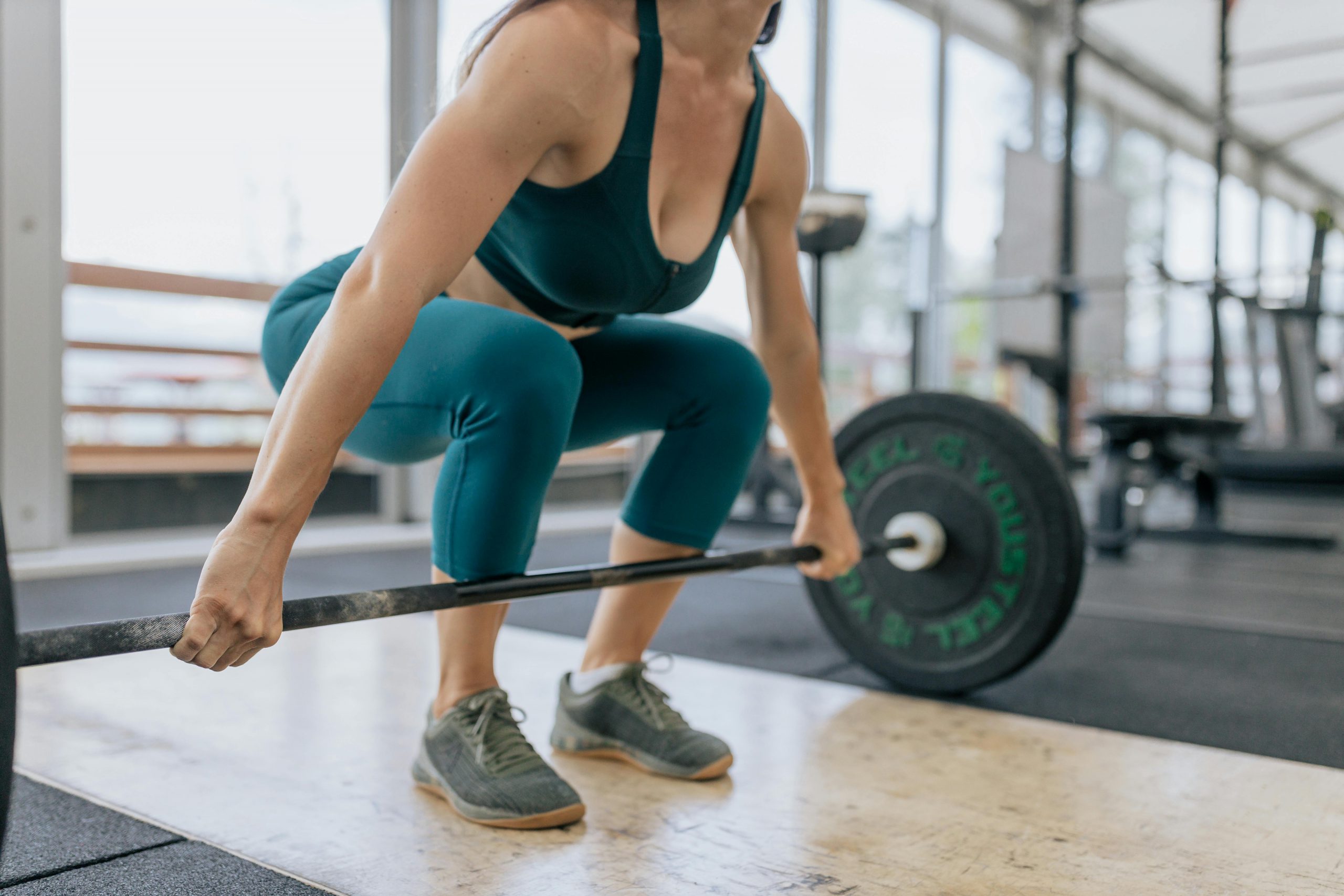
Why Glute Strength is Vital for Both Aesthetics and Longevity
When we think of fitness, the glutes often steal the spotlight for their aesthetic appeal—especially when we’re younger. Sculpted glutes are a key goal for many. They enhance overall body composition and contribute to that coveted hourglass or athletic shape.
However, as we age, the role of strong glutes becomes far more important than just looking good in jeans. Glute strength is essential for longevity, mobility, and maintaining a high quality of life as we age.
The Aesthetic Appeal of Strong Glutes
Having well-developed glutes in our younger years often translates to confidence in how we look. A strong backside not only complements our overall physique but also plays a critical role in athletic performance, providing the power needed for activities like running, jumping, and lifting. A strong, toned set of glutes isn’t just about aesthetics—it’s about feeling strong and capable in daily movements.
Glutes as the Foundation of Movement
The gluteal muscles—made up of the gluteus maximus, medius, and minimus—are key players in virtually all lower body movements. They are responsible for stabilizing the hips, supporting the lower back, and powering our ability to sit, stand, walk, and run. When these muscles are weak, they can lead to imbalances, poor posture, and even back pain. Maintaining glute strength is crucial as we age to avoid these issues and ensure we can move freely and painlessly.
Aging and the Importance of Glute Strength
As we age, muscle mass naturally begins to decline—a condition known as sarcopenia. The glutes, the largest muscle group in the body, play a crucial role in maintaining stability, balance, and overall mobility. Strong glutes help support posture, make movements like standing from a seated position easier, and prevent falls—one of the leading causes of injury as we age.
In fact, studies have shown that maintaining lower body strength is directly correlated with prolonged independence in later years. Strong glutes not only allow you to continue doing everyday tasks like climbing stairs or getting out of a chair, but they also significantly reduce the risk of injury and promote overall bone and joint health.
Glute Strength and Longevity
Ultimately, strong glutes are foundational to living a long and active life. Whether you’re in your 20s striving for aesthetic goals or in your 60s looking to maintain your independence, building and maintaining glute strength is critical. It’s not just about looking great today—it’s about preparing your body to thrive tomorrow.
Incorporating exercises that target the glutes—such as squats, lunges, and hip thrusts—into your routine can significantly impact your future mobility and health. So, while a firm backside may be nice to have in your younger years, it’s even more important for keeping you strong and mobile as you age.
Author: Eric Murrell



